Environment
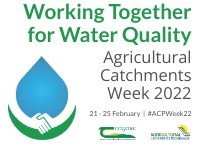
Working together for Water Quality
Working together for Water Quality ‘Working together for Water Quality’ is the theme for the Teagasc Agricultural Catchments Week 2022 which runs from next Monday, 21 February to Friday, 25 February. An overview of Agricultural Catchments Programme, water quality research and more published via the Teagasc website and social media All through […]
18 February 2022
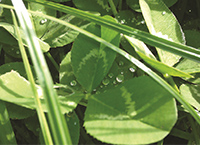
Organic Farming Scheme opens
0 Organic Farming Scheme opens The Organic Farming Scheme (OFS) opened today (February 9th) for new applicants into the scheme. The scheme will financially reward farmers who commit to farming their land organically. Joe Kelleher, Teagasc Organic Specialist has information about the new scheme here in this article and podcast Organic Conversion Farmers […]
9 February 2022
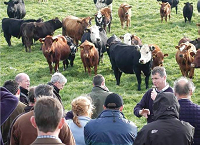
Opportunities in Organic Farming
0 Opportunities in Organic Farming Teagasc has organised a series of information events for farmers who are considering joining the new Organic Farming Scheme, which was opened by the Department of Agriculture, Food and the Marine on Wednesday, 9 February. Find out more about all of these events here Teagasc Director Professor Frank […]
9 February 2022
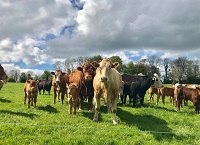
Sustainable Efficient Production and Quality Assurance
0 Sustainable Efficient Production and Quality Assurance Anne O’Malley, Farm Food Business and Drystock Advisor, Teagasc Ballina discusses the various quality assurance schemes operated by Bord Bia for the farming sector, the Teagasc input and she explains the Farm sustainability feedback report and farm carbon footprints here The Carbon Navigator (CN) The Carbon Navigator (CN) […]
6 February 2022
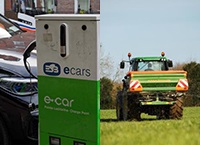
Protected urea is Agricultures Answer to the Electric Car
0 Protected urea is Agricultures Answer to the Electric Car Protected urea and electric cars have a lot in common. Both are beneficial to the environment by reducing their carbon footprint. Seamus Kearney Teagasc Signpost Programme explains that Protected urea is more cost effective than its previous form and 75% less GHG emissions […]
6 February 2022
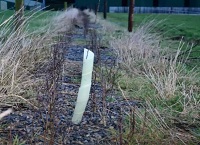
Improving Biodiversity on Your Farm – Planting a hedge
0 Improving Biodiversity on Your Farm – Planting a hedge February is a key month to get planting native trees and hedging on your farm. Always plant native trees and hedging on the farm as they have a much higher biodiversity value. That means they provide a higher habitat value for our natural […]
5 February 2022
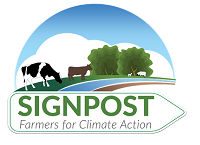
Three Reasons to use Protected Urea in 2022
Three Reasons to use Protected Urea in 2022 Protected urea grows more grass in the long term. This is just one of three reasons why farmers should use Protected Urea in 2022. Mark Plunkett, Patrick Forrestal and Siobhán Kavanagh, Teagasc detail these and how to use it while Patrick Forrestal has tips […]
31 January 2022
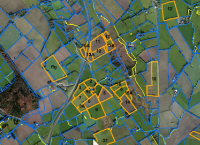
Ask for your Nutrient Management Plan
0 Ask for your Nutrient Management Plan NMP online produces a fertiliser plan for your farm including a liming plan, where to apply your slurry/FYM and what fields to target with specific fertiliser based on soil test results. Teagasc environment specialists Padraig Foley and Tim Hyde give more information. Your accountant will talk […]
7 January 2022
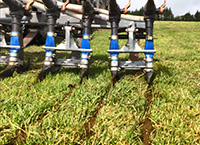
Capturing More N from Cattle Slurry
0 Capturing More N from Cattle Slurry With fertilizer prices at all-time highs cattle slurry will be a key resource on farm to reduce the impact of high N, P & K prices. Mark Plunkett, Teagasc, Johnstown Castle, Co Wexford and Francis Quigley, Machinery Specialist, Kildalton College explain how to achieve this Retaining […]
4 January 2022
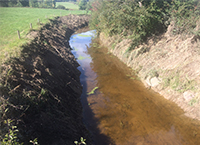
Reducing Phosphorus Loss to Water
Reducing Phosphorus Loss to Water There has been at lot of focus on Nitrogen in media coverage in recent times, but it is another nutrient, Phosphorus, that in causing issues in many watercourses draining heavy soils. Ivan Kelly, Teagasc ASSAP Advisor provides some advice on reducing Phosphorous loss to water. Nutrient application […]
19 December 2021
